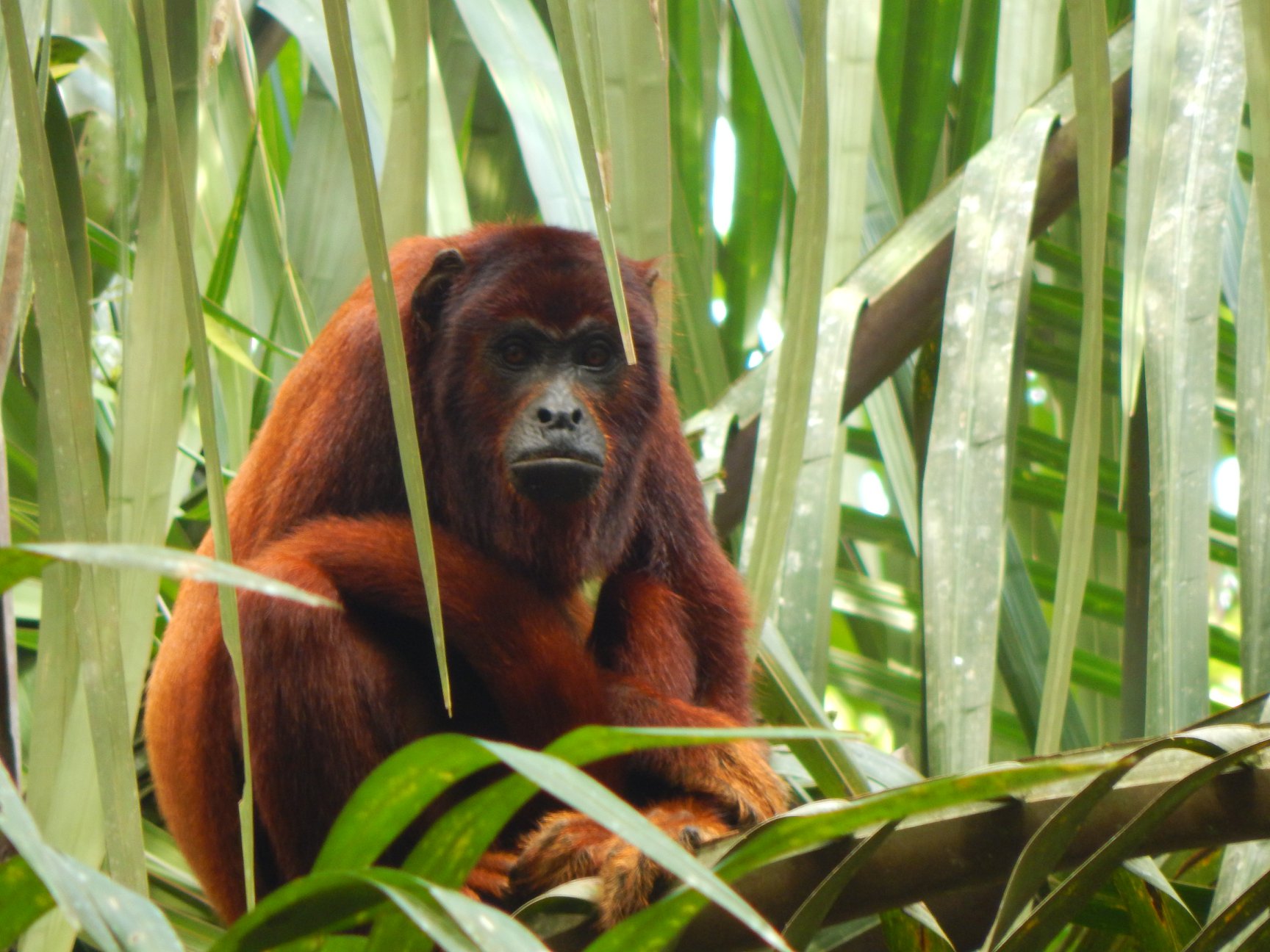What is a biodiversity hotspot? A biodiversity hotspot is a place on earth that is both biologically rich, and deeply threatened. Biodiversity hotspots represent only 2.4% of the earth’s land surface, while supporting nearly 60% of the world’s plant, bird, mammal, reptile and amphibian species. There are 36 regions on earth that have been classified as hotspots, and one of those is the Tambopata region of Peru where our Tambopata-Bahuaja Biodiversity Reserve project is found. Climate finance from Ecosphere+ clients funds critical work on the ground to conserve this highly valuable ecosystem.
 To qualify as a biodiversity hotspot, a region must meet two important criteria: it must be home to at least 1,500 species of vascular plants found nowhere else on earth (known as endemic) and it must have lost 70 percent of its primary native vegetation. The Peruvian government has recognised the Tambopata region as the nation’s Biodiversity Capital because of the overwhelming range of flora and fauna here. Positioned between the foothills of the Andes and the Amazon lowlands, and coupled with extensive areas of forest wetland ecosystems, this region provides unique habitat to species of all kinds from the black caiman and giant river otter to the harpy eagle and jaguar.
To qualify as a biodiversity hotspot, a region must meet two important criteria: it must be home to at least 1,500 species of vascular plants found nowhere else on earth (known as endemic) and it must have lost 70 percent of its primary native vegetation. The Peruvian government has recognised the Tambopata region as the nation’s Biodiversity Capital because of the overwhelming range of flora and fauna here. Positioned between the foothills of the Andes and the Amazon lowlands, and coupled with extensive areas of forest wetland ecosystems, this region provides unique habitat to species of all kinds from the black caiman and giant river otter to the harpy eagle and jaguar.
But as is true of biodiversity hotspots, the Tambopata region is highly threatened. Illegal mining, logging, ‘slash and burn’ agriculture and infrastructure development are very real threats to the area. Mining also poses a great threat to this landscape, with large numbers of mostly small-scale miners using highly polluting technology, including mercury waste, that contaminates this region’s rivers and the local water supply. The proximity and expansion of major roads, such as the InterOceanic Highway, exacerbate this threat by facilitating access to the forest.
The Tambopata scenario is one seen across almost all biodiversity hotspots. The incredible concentration of species that define these regions also draw populations who are directly dependent upon nature for survival. In fact, one study showed that biodiversity hotspots account for 35% of the ecosystem services – the benefits people derive from ecosystems – that vulnerable populations depend on. This is a challenge, as it presents a huge risk of resource exploitation to ensure the survival of these communities.
 This is the challenge that our Tambopata project meets head on. The project was developed as a means of combatting deforestation and forest degradation in this incredible landscape by working alongside communities to build a local economy in balance with nature. Project activities promote alternative livelihoods to resource extraction, primarily the development of a successful organic, Fair Trade cacao production enterprise. In fact, by 2021, 400 smallholder farmers in the region will have been supported in restoring over 4,000 hectares of degraded land to cultivate high quality cacao. This is building a profitable and resilient revenue stream for the local communities that live around the Tambopata Biodiversity reserve, and importantly removes the need to clear forest and extract its resources.
This is the challenge that our Tambopata project meets head on. The project was developed as a means of combatting deforestation and forest degradation in this incredible landscape by working alongside communities to build a local economy in balance with nature. Project activities promote alternative livelihoods to resource extraction, primarily the development of a successful organic, Fair Trade cacao production enterprise. In fact, by 2021, 400 smallholder farmers in the region will have been supported in restoring over 4,000 hectares of degraded land to cultivate high quality cacao. This is building a profitable and resilient revenue stream for the local communities that live around the Tambopata Biodiversity reserve, and importantly removes the need to clear forest and extract its resources.
Climate finance here in the Tambopata region of Peru is driving transformational change. Our clients supporting Tambopata are directly contributing to the survival of this stunning hotspot while ensuring the prosperity of the local communities that live here and depend on this ecosystem for survival.
Tambopata needs your support to continue this work. See more information here, and contact us today to learn more about this REDD+ project.
Lead photo, copyright: CR Yohamir Casanca Leon
